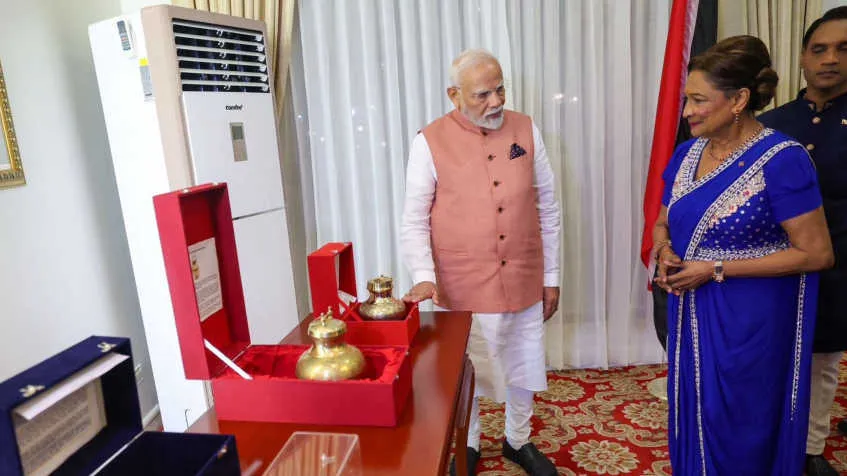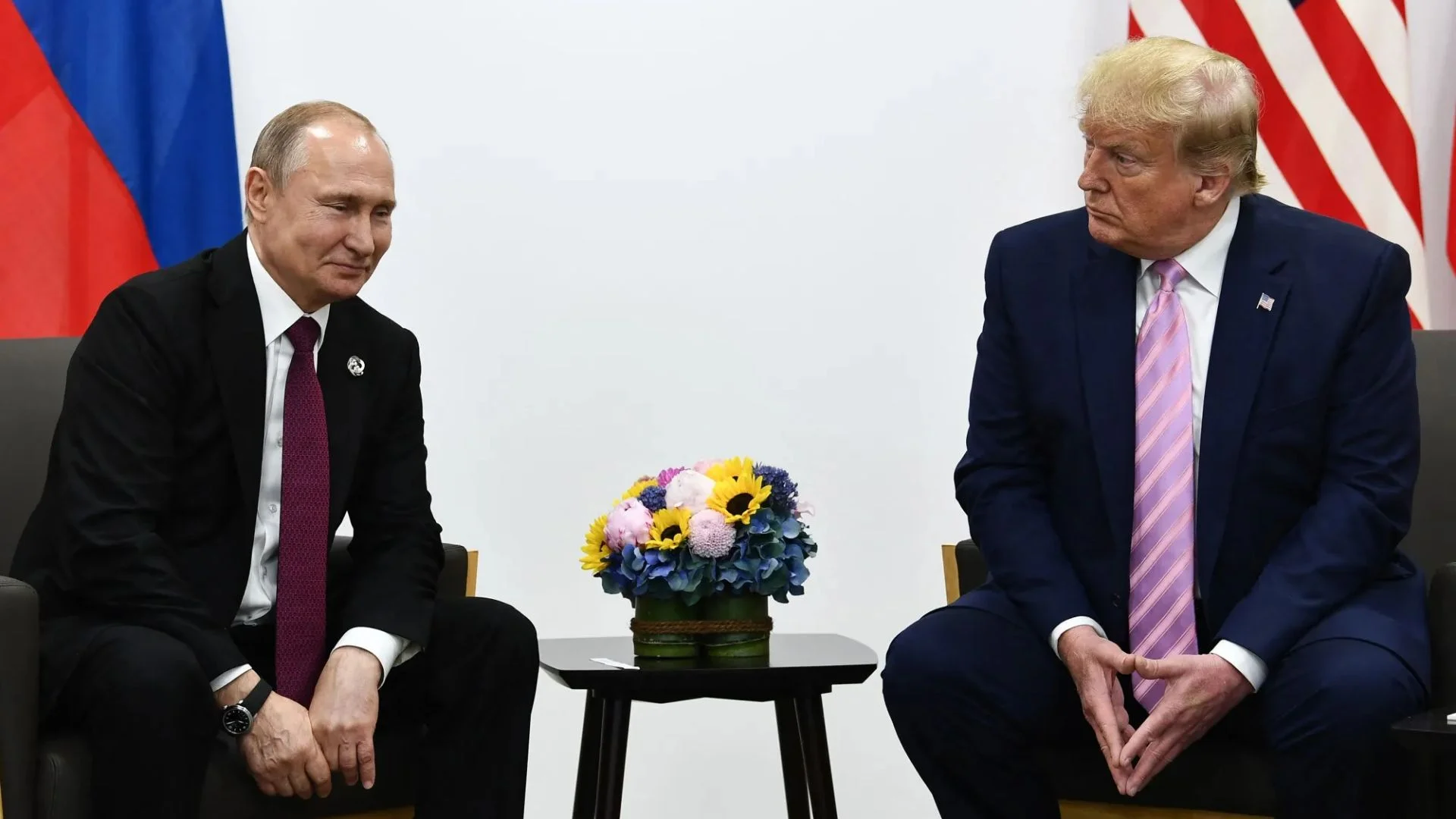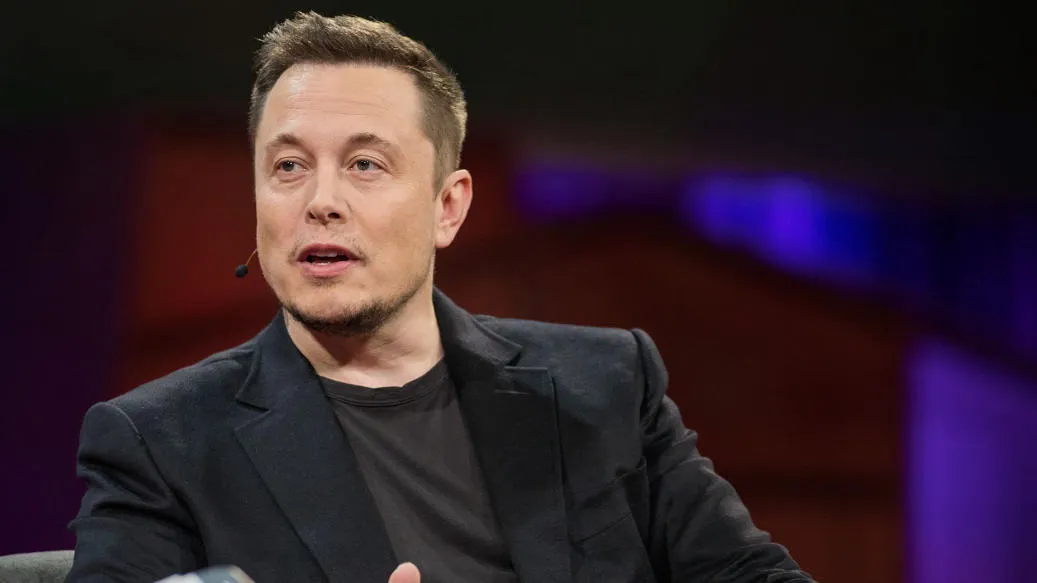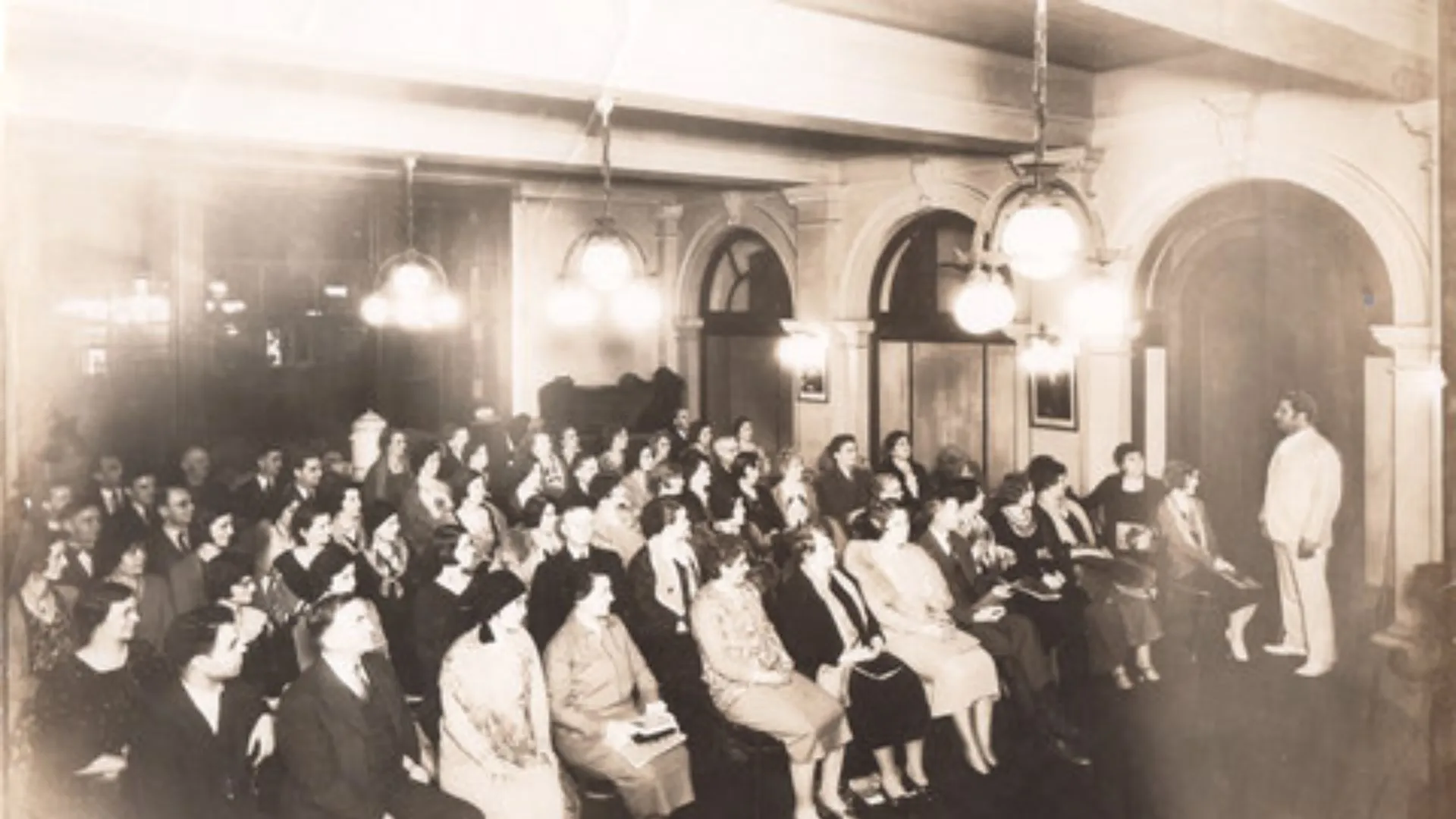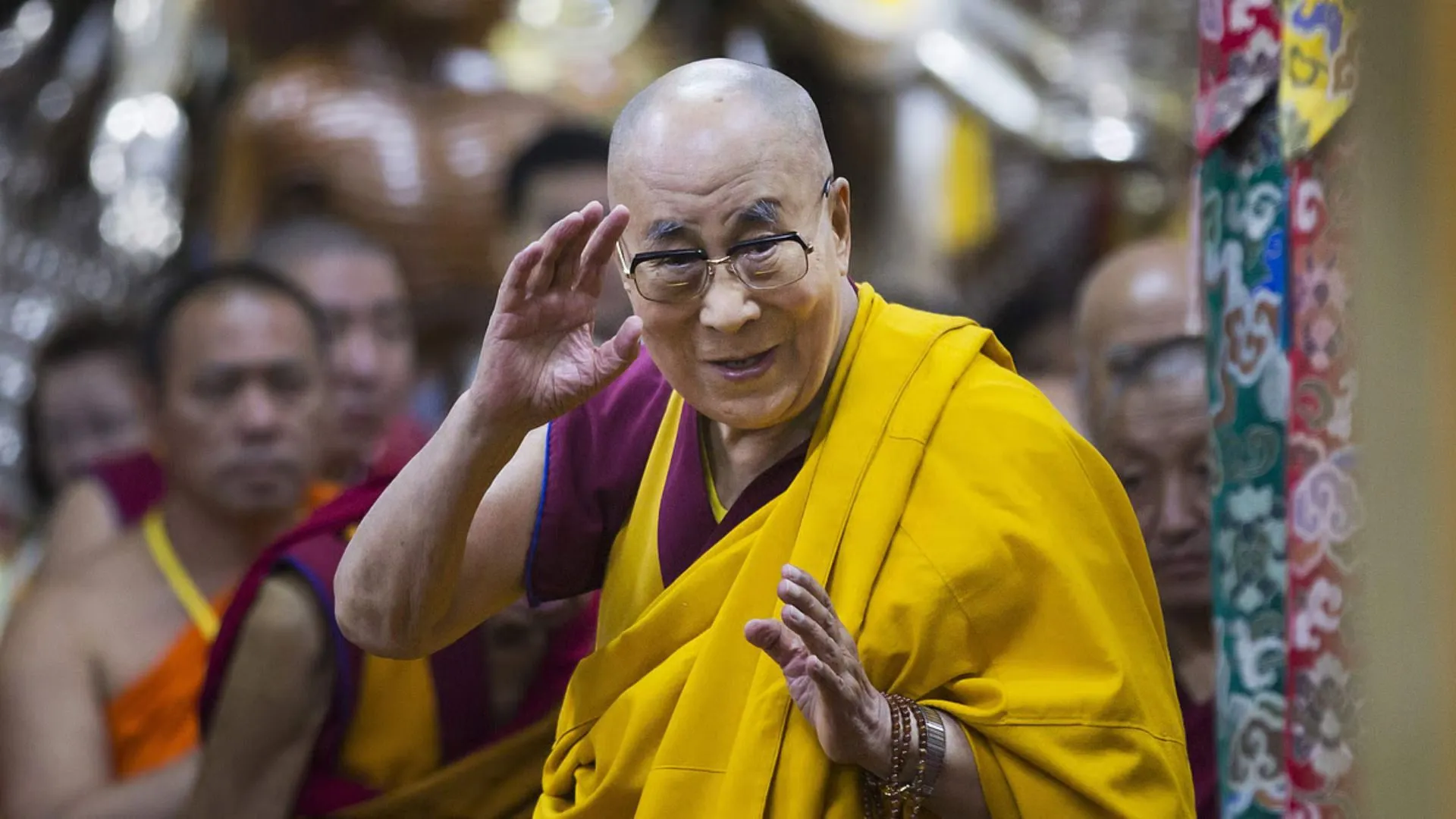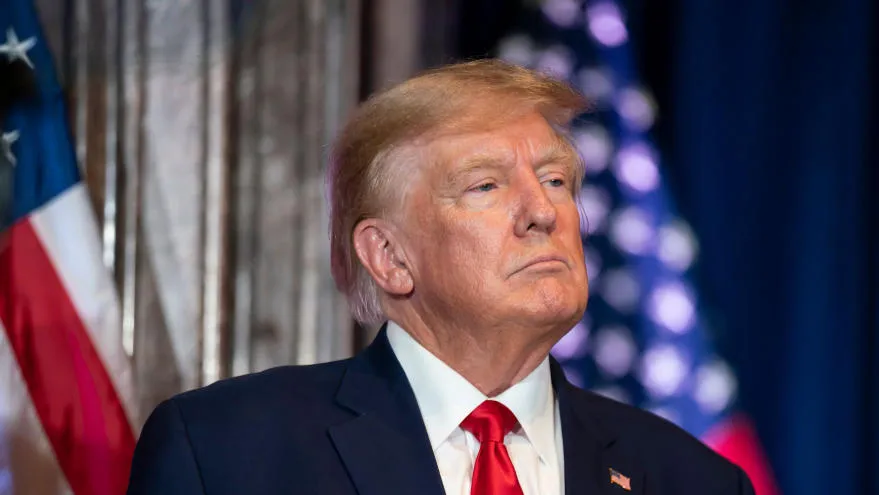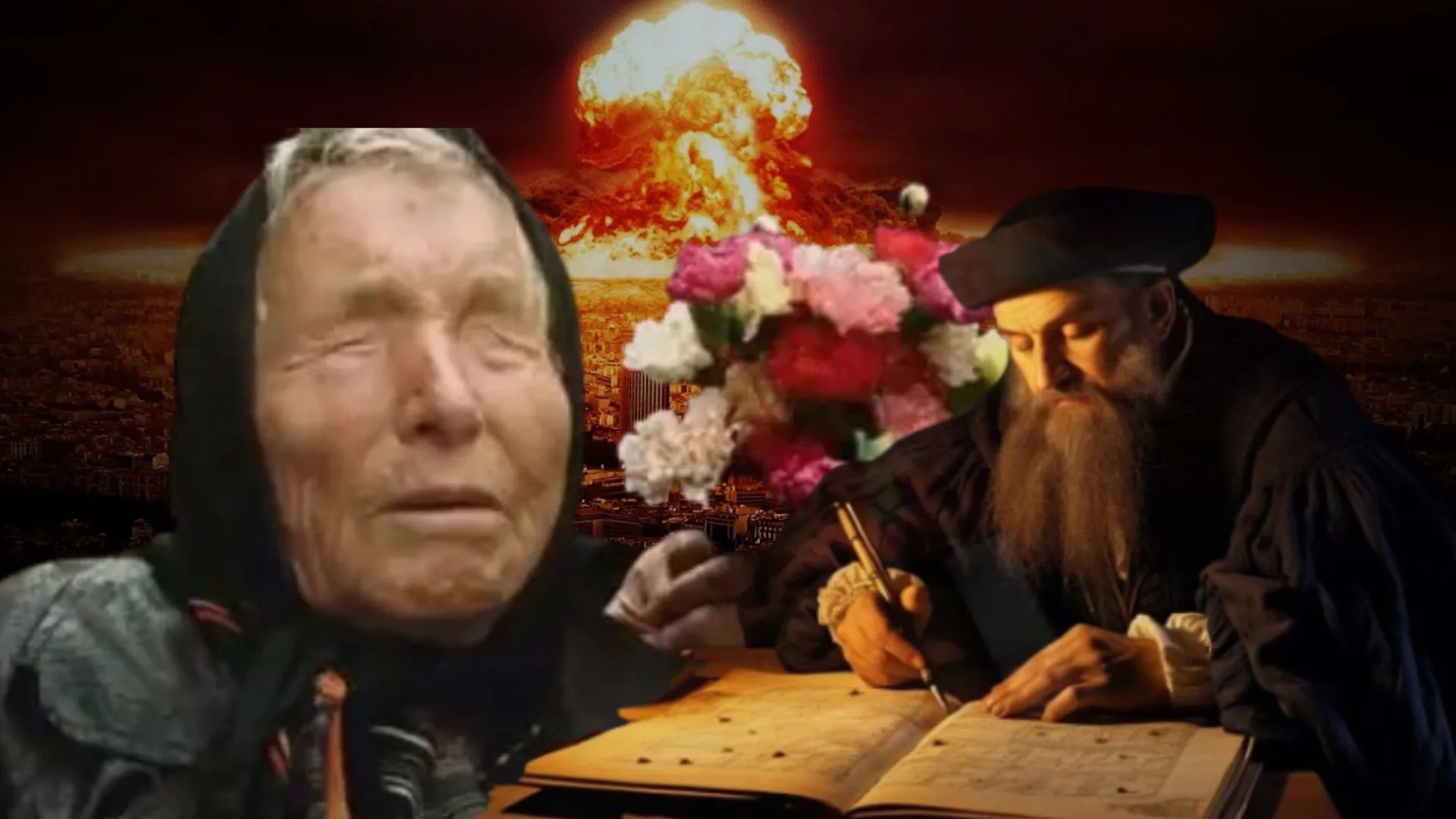Prime Minister Narendra Modi arrived in Trinidad and Tobago on Friday for a two-day official visit. This marked the second leg of his ongoing foreign tour.
Kamla Persad-Bissessar Called “Bihar ki Beti”
While addressing the Indian community in Port of Spain, Modi referred to Trinidad’s Prime Minister Kamla Persad-Bissessar as “Bihar ki Beti.” He noted her ancestral roots trace back to Buxar, Bihar. Currently, around 45% of Trinidad and Tobago’s population has Indian ancestry.
Encouraging connection, Modi told the diaspora, “Visit the villages of your ancestors… Bring your children and neighbors… We will welcome all of you with open arms, warm hearts and Jalebi.”
Traditional Welcome for PM Modi
Upon arrival, Modi received a warm and colorful welcome. PM Kamla and her ministers, dressed in traditional Indian outfits, greeted him at the airport. Moreover, the Guard of Honour played Bhojpuri Chautaal music. Later, Modi shared a video online, writing, “Bhojpuri Chautaal echoes in Trinidad & Tobago!”
#WATCH | Port of Spain: Prime Minister Narendra Modi presents holy water of Sangam and Saryu River from Maha Kumbh and a replica of Ram Mandir to the Prime Minister of Trinidad and Tobago, Kamla Persad-Bissessar.
(Video: DD News) pic.twitter.com/o2yMl1Vt9G
— ANI (@ANI) July 4, 2025
Celebrating Cultural Bonds
To deepen cultural ties, Modi gifted a replica of the Ram Mandir and sacred water from Ayodhya’s Sarayu River and the Mahakumbh Sangam. While speaking at a community event in Couva, he said, “The Indian diaspora is our pride… Each one of you is a Rashtradoot — an Ambassador of India’s values, culture and heritage.”
In addition, he announced that sixth-generation families of Indian origin would now be eligible for OCI (Overseas Citizenship of India) cards. He emphasized, “We aren’t just connected by blood or surname. You are connected by belonging.”
Notably, this visit marked Modi’s first trip to Trinidad and Tobago as Prime Minister and the first visit by an Indian PM since 1999.
Kamla Persad-Bissessar’s Bihar Roots
Kamla Persad-Bissessar, Trinidad and Tobago’s first female Prime Minister, has deep ancestral ties to India. Her great-grandfather migrated from Bhelupur in Bihar during British rule as a Girmitiya laborer. In fact, Kamla visited her ancestral village in 2012, where locals gave her a heartfelt welcome.
Modi recalled this connection in his speech and said, “Kamla ji’s ancestors lived in Buxar, Bihar. She herself has visited there. People proudly call her Bihar ki Beti.”
Her Journey from Teacher to Prime Minister
Kamla began her career as a teacher at Lakshmi Girls’ Hindu College. Later, she studied law in England and entered politics in 1987. By 1995, she became an MP. She held key roles like Education Minister, Attorney General, and finally, Prime Minister in 2010.
Deep Indian Presence in Trinidad and Tobago
The India-Trinidad link goes back over 175 years. Between 1845 and 1917, the British brought around 143,000 Indians to work on sugar plantations. Most came from today’s Uttar Pradesh and Bihar, traveling from Calcutta and Madras ports.
Although these workers faced hardship, poverty, and isolation, they gradually found their place in society. By the early 20th century, Indians became active in business, politics, and culture.
Today, Indians form 40–45% of the population. Celebrated figures like Nobel laureate VS Naipaul came from this community. Dr Eric Williams, Trinidad’s first PM, had personal ties with Nehru. They met in Oxford and reunited in Delhi in 1961.
Cultural Traditions Live On
Despite being far from India, Indo-Trinidadians have kept their culture alive. Festivals like Diwali, Holi, Ram Navami, and Navratri remain important.
Modi summed up their legacy, saying, “They left Ganga and Yamuna behind, but carried the Ramayana in their hearts… They were not just migrants. They were messengers of a timeless civilisation.”

